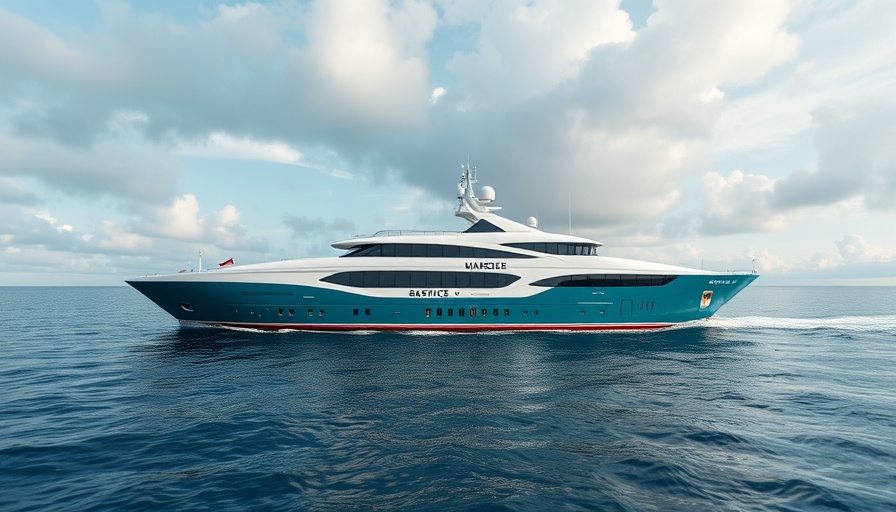
North Star Partners with Vard for Next-Generation Hybrid Vessels
In a strategic move for the offshore wind industry, Aberdeen-based North Star has turned to its long-time collaborator Vard to design and construct two new hybrid Service Operation Vessels (SOVs). This latest contract, valued between EUR 100 million and EUR 200 million, underscores the increasing importance of innovative maritime vessels in supporting the growing offshore wind sector.
The Significance of Hybrid Vessels in Offshore Wind
The newly commissioned vessels rank as North Star's ninth and tenth major projects with Vard. Such vessels are integral to servicing offshore wind farms, where efficient and reliable operations are critical. The hybrid SOVs will be built on the proven Vard 4 19 platform, specifically designed for offshore wind applications. These dimensions—87.5 meters long and 19.5 meters wide—enable them to accommodate up to 120 personnel comfortably.
The hybrid technology not only enhances performance but also aligns with global trends towards sustainability. Each vessel comes equipped with a battery hybrid system designed for future adaptation to methanol operation, further lowering their carbon footprint and meeting evolving environmental regulations.
Pioneering Technology and Design
The onboard features reflect cutting-edge technology designed for safety and efficiency. The height-adjustable, motion-compensated gangway with an integrated elevator system ensures safe and swift personnel transfers—vital in the challenging offshore environment. Coupled with an advanced energy management system supplied by Vard Electro, these vessels are tailor-made for peak operational performance.
Construction and Delivery Timeline
Construction is set to commence at Vard Shipyards in Romania, where the hull of the first vessel will be fabricated before proceeding to one of Vard's Norwegian shipyards for outfitting. The anticipated delivery for the first hybrid SOV is in the fourth quarter of 2027, with the second vessel scheduled to be completed in Vietnam by the end of 2028. This phased approach reflects not only logistical efficiency but also Vard's commitment to leveraging their global shipyard network.
Meeting Demand in the Offshore Wind Sector
North Star's latest vessel order coincides with their recent agreements supporting RWE’s expanding offshore wind portfolio. As wind energy continues to gain traction as a sustainable energy source, the demand for specialized vessels that can support large-scale offshore installations is surging.
This partnership also underlines the pivotal role of innovative design and hybrid technology in driving the offshore sector forward. As concerns over environmental impact rise, the maritime industry must adapt rapidly, and these vessels are a significant step in that direction.
Future Implications for the Maritime Industry
The commitment to deploying hybrid SOVs in offshore wind operations showcases not only North Star's strategic foresight but also highlights a broader trend within the maritime industry focusing on technological advancement. This shift towards greener, more innovative maritime solutions is likely to set new standards in vessel design and operational sustainability.
In conclusion, by partnering with Vard for the development of these hybrid SOVs, North Star is making a powerful statement about its commitment to advancing the offshore renewable energy landscape and setting the stage for a more sustainable future.
 Add Row
Add Row  Add
Add 




Write A Comment